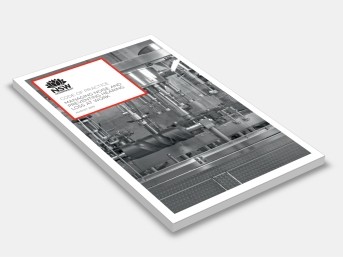Code of Practice Managing noise and preventing hearing loss at work
SafeWork NSW
This Code of Practice on managing noise and preventing hearing loss at work is an approved code of practice under section 274 of the Work Health and Safety Act (the WHS Act).
An approved code of practice provides practical guidance on how to achieve the standards of work health and safety required under the WHS Act and the Work Health and Safety Regulation (the WHS Regulation) and effective ways to identify and manage risks.
A code of practice can assist anyone who has a duty of care in the circumstances described in the code of practice. Following an approved code of practice will assist the duty holder to achieve compliance with the health and safety duties in the WHS Act and WHS Regulation, in relation to the subject matter of the code of practice. Like regulations, codes of practice deal with particular issues and may not cover all relevant hazards or risks. The health and safety duties require duty holders to consider all risks associated with work, not only those for which regulations and codes of practice exist.
Codes of practice are admissible in court proceedings under the WHS Act and WHS Regulation. Courts may regard a code of practice as evidence of what is known about a hazard, risk, risk assessment or risk control and may rely on the code in determining what is reasonably practicable in the circumstances to which the code of practice relates. For further information see the Interpretive Guideline: The meaning of reasonably practicable.
Compliance with the WHS Act and WHS Regulation may be achieved by following another method if it provides an equivalent or higher standard of work health and safety than the code.
An inspector may refer to an approved code of practice when issuing an improvement or prohibition notice.
This Code is intended to be read by a person conducting a business or undertaking (PCBU). It provides practical guidance to PCBUs on how to manage health and safety risks associated with workplace noise.
This Code may be a useful reference for other persons interested in the duties under the WHS Act and WHS Regulation.
This Code applies to all workplaces covered by the WHS Act where exposure to hazardous noise may occur.
Although the WHS Regulation for noise is limited to managing the risks of hearing loss, the duties in the WHS Act extend to all health and safety risks arising from the conduct of a business or undertaking and therefore this Code also includes information about other agents that may contribute to hearing loss in Appendix B—Other causes of hearing loss in the workplace.
Contents:
Section 1: Introduction
Section 2: Noise And Its Effects On Health And Safety
Section 3: The Risk Management Process
Section 4: Assessing The Risks
Section 5: Controlling The Risks
Section 6: Role Of Designers, Manufacturers, Importers, Suppliers And Installers Of Plant,
Substances Or Structures
Appendix A: Glossary
Appendix B: Other Causes Of Hearing Loss In The Workplace
Appendix C: Noise Hazard Identification Checklist
Appendix D: Ready Reckoner
Appendix E: Content Of A Noise Assessment Report
Appendix F: Engineering Control Measures
Amendments
